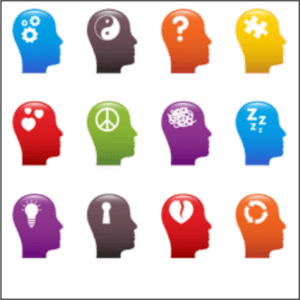Attention Management
Every company and every manager wants to increase productivity. Constant access to information and the expectations to do more with less is overwhelming the workforce. People are easily distracted at work. Attention management allows managers and employees to increase their productivity as well as their personal job satisfaction.
What Is Attention Management?
Attention management increases the ability to focus attention and can be done at the individual and organizational level. Managers are encouraged to deal with their own attention problems before trying to influence employees in their organization. In order to understand it better, people must be aware of where they focus most of their attention. Most experts divide attention into four different areas or zones. While the names change, the ideas are all the same.
Four Areas of Attention:
- Intentional: When working intentionally, people plan strategically and prioritize their activities.
- Responsive: In this area people are responding to the world around them. They spend more time putting out fires than working intentionally.
- Interrupted: People spend too much time answering messages and handling situations that interrupt their work.
- Unproductive: This occurs when people waste time at work. Unless you are taking a scheduled break, checking Facebook and chatting is unproductive.
Stop Thinking and Pay Attention!
The advice “stop thinking” may seem counterintuitive. Many people, however, are over thinking everything and focused on the wrong ideas. When we constantly think we do not pay attention to what is really going on around us. Our feelings control how and what we think. If we think that something is boring, bad, or a waste of time, we tend to give it less attention. The ability to pay attention allows people to better connect with the world around them, better process their emotions, and organize the way they process cognitively.
Course Objectives
- Define and understand attention management.
- Identify different types of attention.
- Create strategies for goals and SMART goals.
- Be familiar with methods that focus attention.
- Put an end to procrastination.
- Learn how to prioritize time.










Reviews
There are no reviews yet.